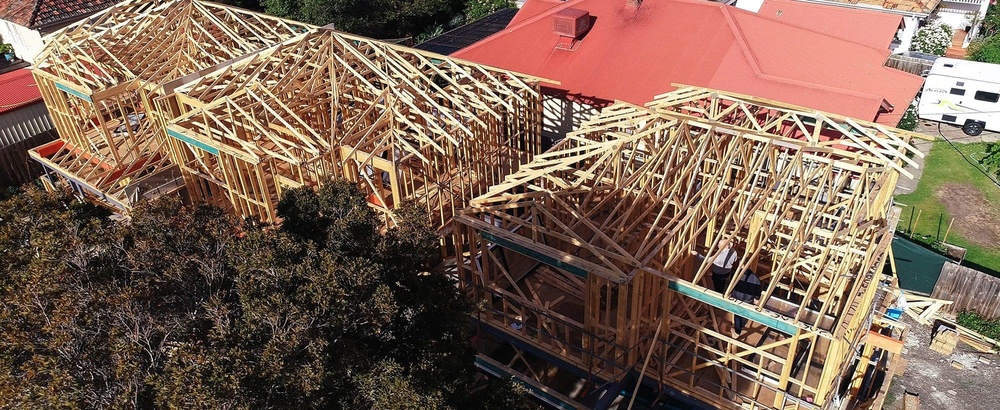There’s one thing that all successful dual occupancy developers in Melbourne have in common. Can you guess what it is?
It isn’t capital to start - a development loan can get you that. It isn’t high-level project management skills, although that’s needed. It isn’t a huge company either.
The one thing successful dual occupancy developers have is common is that they all have the ability to identify a profitable development site.
Not all sites are equal, and what may seem perfect may actually be a pitfall that can wind up costing you tens of thousands of dollars.
So, let’s explore a few ways to find a great site in Melbourne.
1. Match Potential with a Low-Risk Profile
You want to find a great site with heaps of potential, but it needs to be a relatively low risk as well. The stakes are enormous in this game. Low risk, high reward is the name of the game.
These tend to be smaller sites that are well-suited for dual occupancy developments. The faster the build, the quicker you see a profit.
2. A Word about Zoning
Some developments will be supported in some residential zoned areas, and some won’t be. There’s no point buying a commercially zoned lot for a residential project.
Each council will have a different way of controlling how property is zoned. And they will also have varying ways of interpreting planning paperwork. Know the area you want to develop in. Begin to learn what sort of projects are getting approved and what are getting knocked back.
This takes some time and research. But, once you’re in the know, you can match your project with the area.
3. Encumbrances - Be Wary
Power poles, trees, and easements are all examples of encumbrances. Any of these can negatively impact your project. In some cases, they can even bring construction to a grinding halt. If you fail to spot them, you will end up paying later.
Save yourself the headache and the huge bill and learn about them and how to mitigate them.

4. Site Orientation - Which Way Will the Homes Face?
The orientation of the site, or how the block faces, will play a significant role. Some developers fail to consider this, and it comes back to haunt them. Buyers are savvy and want houses with the right orientation. If you get this wrong, you wind up with a home that is covered in darkness for the majority of the day. Homebuyers want natural light to live in, not dark.
If you’re uncertain about how to spot a site with excellent orientation, ask a property development consultant.
5. Pick a Site with Great Dimensions
When dimensions are mentioned, it means frontage and depth, or length by width. These measurements will directly affect what type of residential property development you can achieve. It can even make the difference between a profitable project and a bust.
Different lots are suited to different builds. For example, there is an excellent size for quadruplexes, triplexes, and then dual occupancies. Learn the best dimensions for each and plan your lot acquisition accordingly.
6 Discipline, Patience, and Calculation
You need to have next-level discipline, immense patience, and be able to be cold and calculating when it comes to securing a great lot. You need to know your figures inside and out.
Reverse engineering is the name of the game here. You need to consider every cost you will incur with the site you want. As they say, you’ve got to spend money to make money. You need to know the precise value a site has for you.
This may be different from the competition and what they bid, or what the market reckons the lot is worth. You know what it is worth to you, so you know what you will pay for it.
This can mean to others that you overbid or pay too much for a site. That’s if you ask the vendor, the agent, and the competition. But you know the real value for you.
On the other hand, your calculations should tell you when to steer clear of a purchase. Never vary from your plan or your numbers.
Don’t get emotional. Be calm and calculated. Never become attached to a site that doesn’t work just because you like it. This is a surefire way to incur losses.
7. Networks Are Your Friend
As a developer, you must build relationships. Get to know the real estate heads in the areas you’re looking to develop in. But remember - great relationships are a two-way street. Always be networking. This way you can get access to off-market sales sometimes.
Concluding
These are some helpful tips to assist you in choosing the right site to develop real estate. Of course, there are more, this is by no means an exhaustive list, but it should get you going in the right direction.
Learn more:
https://www.littlefishproperties.com.au/side-by-side-dual-occupancy-designs-melbourne/
Publisher Website: http://littlefishproperties.com.au